A science blog, led by a wildlife biology master's student. Follows from BML1997. Feel free to call me by my penname: Gwen. I love questions so never hesitate to ask me anything!
Last active 60 minutes ago
Don't wanna be here? Send us removal request.
Text
The idea of evolution backtracking isn't a completely new idea, but catching it in action isn't an everyday experience. A newly documented example of wild growing tomatoes on the black rocks of the Galapagos Islands gives researchers a prime example of a species adapting by rolling back genetic changes put in place over several million years.
Continue Reading.
170 notes
·
View notes
Photo

Dinosaurs didn’t roar like in ‘Jurassic World’: Some could sing like birds
The mystery of the sounds made by colossal extinct reptiles takes a new turn following the discovery of a fossilized larynx similar to the vocal organs of avian species.
https://english.elpais.com/science-tech/2025-07-05/dinosaurs-didnt-roar-like-in-jurassic-world-some-could-sing-like-birds.html
105 notes
·
View notes
Text
Today’s sea slug is Trapania tigger, and yes it is named after tigger from Winnie the Pooh.
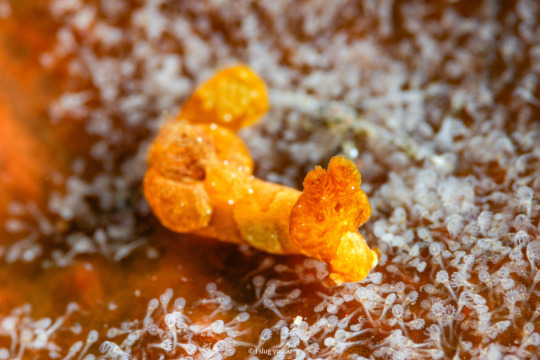
Image source: https://www.inaturalist.org/observations/229232960
132 notes
·
View notes
Text
128K notes
·
View notes
Text
why do Tinamou eggs look like that. i want to eat them whole
179K notes
·
View notes
Text

A lobster returns to its den. Filmed in Denmark. From Sea in Motion - Baltic Miracles (2023).
841 notes
·
View notes
Text

Hey don't cry, okay? We just found Attenborough’s long-beaked echidna, a species thought to be extinct for the past 60 years.
35K notes
·
View notes
Text
This scientist crafts stunning visual art through chemistry.
40K notes
·
View notes
Photo
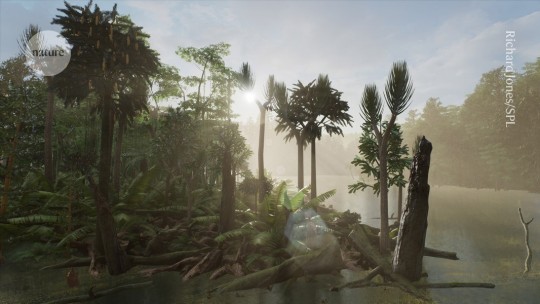
Mysterious link between Earth’s magnetism and oxygen baffles scientists
The strength of Earth’s magnetic field seems to rise and fall hand-in-hand with the abundance of oxygen in its atmosphere, a study of geological records spanning the last half billion years has found.
https://www.nature.com/articles/d41586-025-01862-x
18 notes
·
View notes
Note
What's the iNaturalist AI drama...? I hadn't heard about anything until now.
iNaturalist announced a project, funded by a $1.5 million dollar grant from Google, to create a LLM trained on user ID comments to produce generative AI ID tips.
As a user that has voluntarily provided nearly 95k IDs and a lot of them containing uncountable hours of study to provide helpful and accurate information for the community, this disgusts me.
The official announcement on site: https://www.inaturalist.org/posts/113184-inaturalist-receives-grant-to-improve-species-suggestions
The official announcement on bsky:
Official feedback form:
A forum discussion:
893 notes
·
View notes
Photo
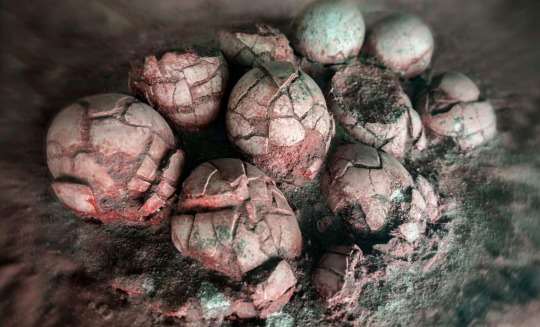
Six Types Of Dinosaur Eggs Found In One Place
A recent discovery in Utah reveals multiple types of dinosaur eggs buried together, shaking up what scientists know about ancient nesting habits.
https://dailygalaxy.com/2025/06/six-types-dinosaur-eggs-found-one-place/
16 notes
·
View notes
Photo

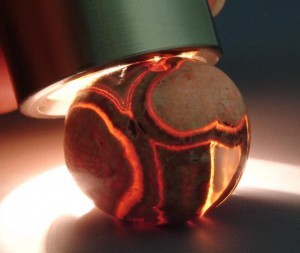


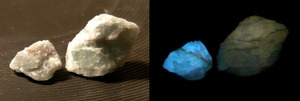
Types of Luminescence
Despite the number of types of luminescence already covered, there are still several more to talk about.
Electroluminescence is when light is emitted due to the passage of an electric current or a strong electric field and is usually seen in semiconductors (such as LEDs). Electroluminescent technologies use relatively low power, though at high voltage, and can be quite thin. This form of luminescence is responsible for the two central images shown above, as well as the Indiglo feature available in many watches.
Similar to electroluminescence, cathodoluminescence is a form of luminescence in which electrons impact a luminescent material and cause the emission of photons which may have wavelengths in the visible spectrum and is mainly seen in semiconductors. One well known example is in cathode ray tubes in televisions. Optical cathodoluminescence microscopes can be used similarly to scanning electron microscopes to examine internal structures of materials.
Radioluminescence occurs by bombardment of materials with ionizing radiation such as beta particles. It is used in applications where light must be produced for long periods without external energy sources. The upper left hand images are illuminated using radioluminescence.
Thermoluminescence is a form of luminescence that is exhibited by certain crystalline materials when previously absorbed energy is re-emitted as light upon heating of the material. It is not the same as black body radiation, when a material glows due to heating. It’s main application is in dating buried objects that have been heated in the past, such as pottery. The upper right image and bottom image illustrate thermoluminescence.
Finally, crystalloluminescence is luminescence produced during crystallization, but it has not been widely studied and not much is known about it.
Sources: Electroluminescence, Cathodoluminescence, Radioluminescence, Thermoluminescence, Crystalloluminescence
Image sources: 1 2 3 4 5
76 notes
·
View notes
Text
A new study suggests that Anna's Hummingbirds in the western United States are not only keeping up with human influence on their habitat, they're thriving. According to a recent study in Global Change Biology, a journal focused on environmental change, the use and prevalence of hummingbird feeders — like those red and clear plastic ones filled with homemade sugar water — changed the size and shape of the birds' beaks. The range of the hummingbird also spread from the southern part of California all the way up the West coast into Canada.
Continue Reading.
3K notes
·
View notes
Text
“Chironomid larvae are opportunistic omnivores (they can eat pretty much anything that can be eaten) but they are also classified by their main feeding modes; collector-gatherers, collector-filterers, scrapers, shredders, engulfers and piercers. Of course, one species can fit in multiple feeding strategies!
These larvae play an important role in aquatic ecosystems since they're a major food source for fish, frogs, birds and semi-aquatic mammals. They also are litter decomposers, rock cleaners and are important for nutrient recycling. Chironomid larvae are also very sensitive to polluants such as pesticides and are thus used as bio indicators of freshwater quality!”
2K notes
·
View notes
Text
STARTING TOMORROW

Scientists in weather and climate are live streaming for 100 hours to make their case to the American public.
They are live streaming, but engagement is necessary for it to work. SHARE THIS WITH PEOPLE, RECORD THE STREAM, POST CLIPS OF IT THAT ARE FUNNY, if you can tune in, PLEASE DO!

This is something that has to be heard by as many people as possible. Put it on in the background! See if you can get other people to watch it! Do whatever you can do support those who are trying to be supported! Anything and everything helps!
TUNE IN HERE
article I posted screenshots of here
72K notes
·
View notes
Text
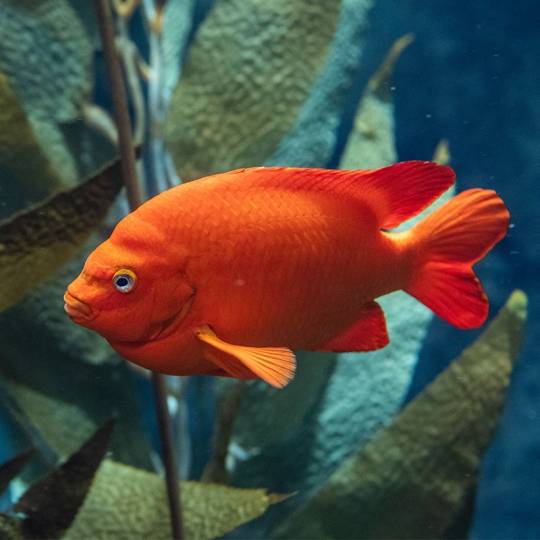
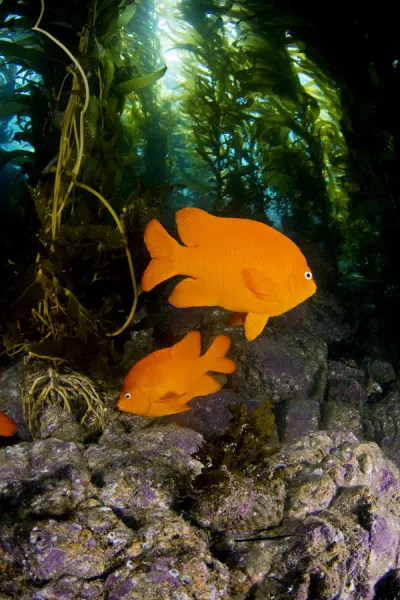

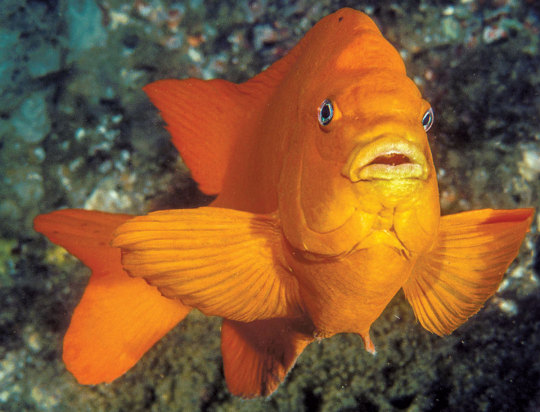
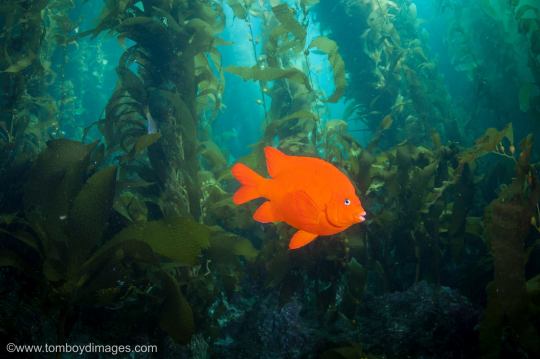
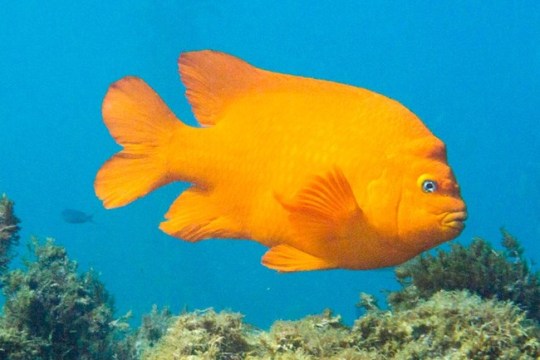
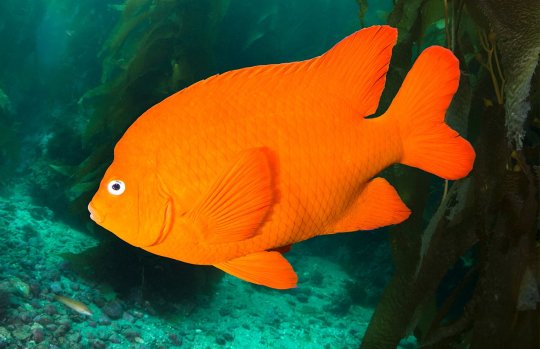
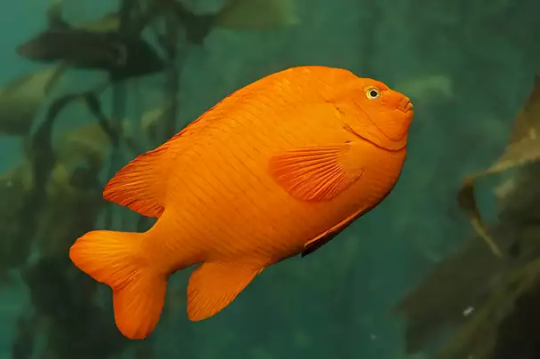
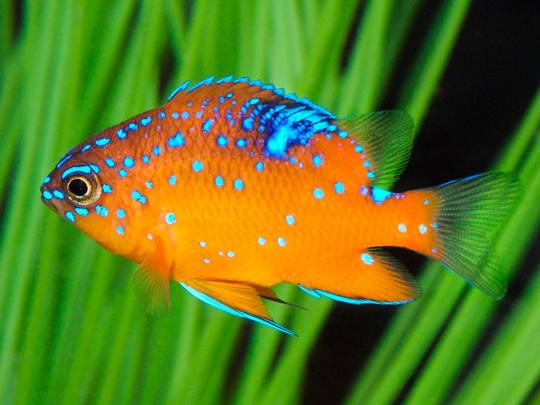
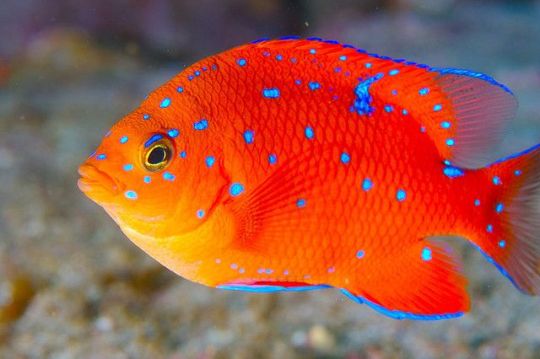
The Garibaldi or hypsypops rubicundus, known historically also as the Catalina goldfish, marine goldfish, or Garibaldi damselfish is a species of bright orange fish in the damselfish family. It occurs in the subtropical northeastern part of the Pacific Ocean. Here adult garibaldis are typically found in and around rocky reefs and kelp forests in water up to 100ft (30m) in depth, whilst young garibaldis typically inhabit shallower waters especially in and around tidepools. Unlike other damselfish where males guard nest sites only during the mating season, both male and female adult Garibaldi tend to defend year-round territories of about 32 to 108 square feet (3-10 square meters). Garibaldi are omnivorous feeding upon fleshy red algae, brown algae, polychaete worms, anemones, sponge fragments, encrusting bryozoans, hydroids, branching bryozoans, and smaller mollusks. Garibaldis are themselves preyed upon by kelp bass, groupers, eels, giant octopus, some sharks, seals, sea lions, and bald eagles. Reaching upwards of 14 inches (35cms) in length, with males being typically slightly larger than females, the garibaldi is the largest species of damselfish. Garibaldi are deep-bodied, or laterally compressed fish, covered in coarse scales. They have a single dorsal fin with about 12 spines and 16 rays. Adult fish in this species are notable for there uniformly bright orange in color. The breeding season lasts from March through July, during this time the male clears a sheltered nest site within his territory; the female then deposits eggs within the nest. When first deposited, the elliptical eggs are bright yellow and turn gray after approximately 5 days. After fertilizing the eggs, the male guards the nest area until the eggs hatch, some 19 to 21 days later. The frye disperse as planktonic larvae, eventually reaching the first juvenile stage with a striped blue head and iridescent blue markings over an otherwise translucent orange body. As they grow older their orange color deepens and they gradually lose their blue markings. Garibaldi will typically achieve adult coloration at around 5 years, and reach sexual maturity at 6 years. Under ideal conditions a garibaldi damselfish may live upwards of 50 years.
13 notes
·
View notes
Text









Lecanora argentata
images: source | source | source
237 notes
·
View notes